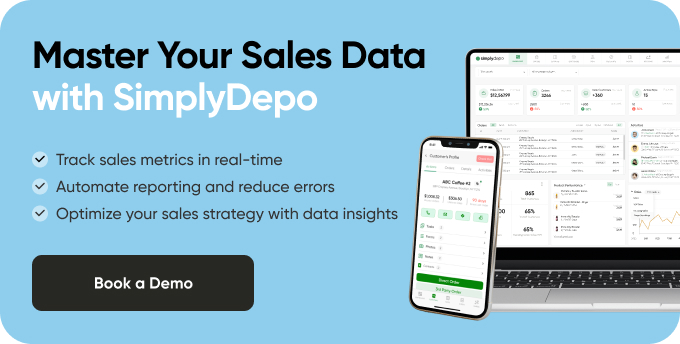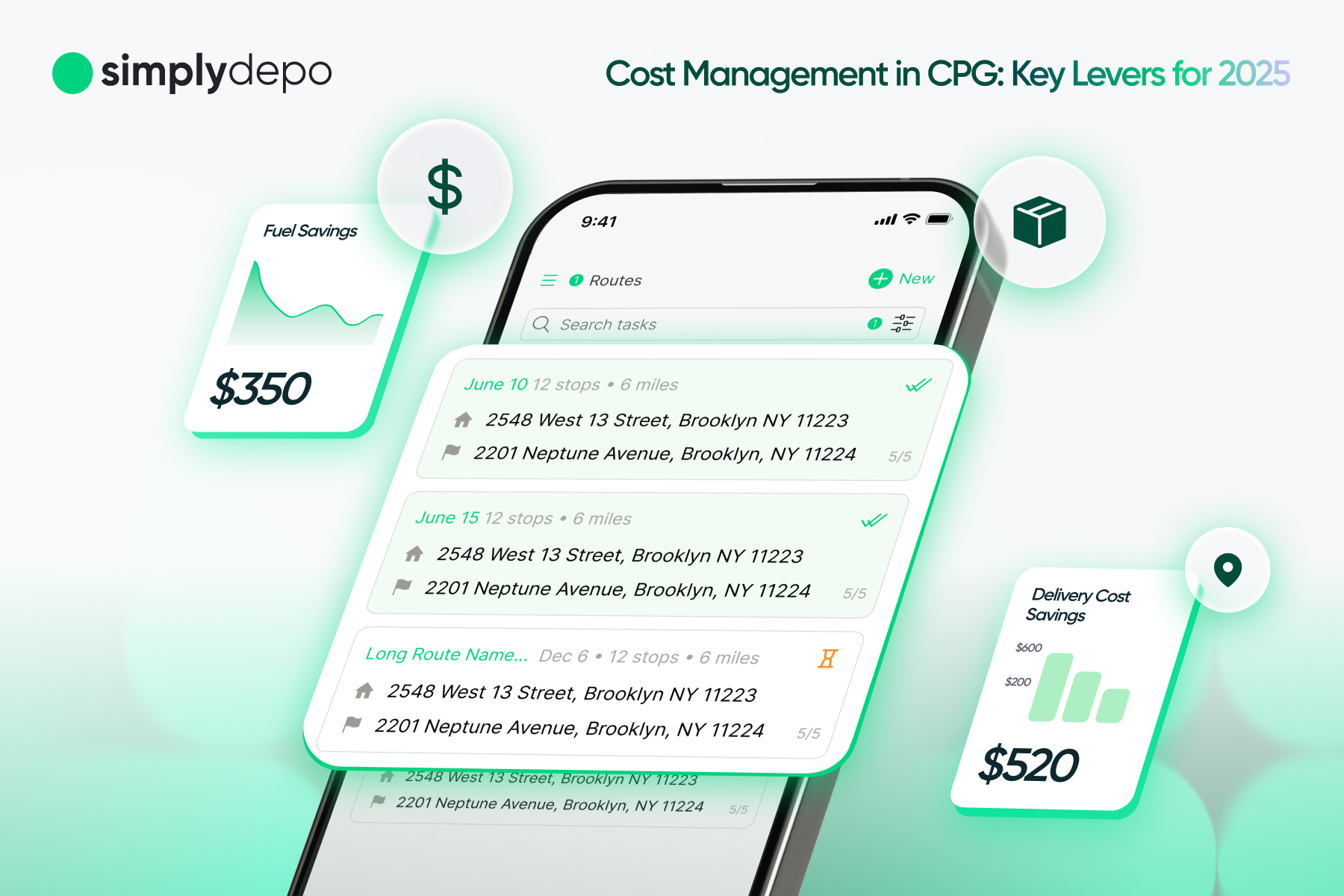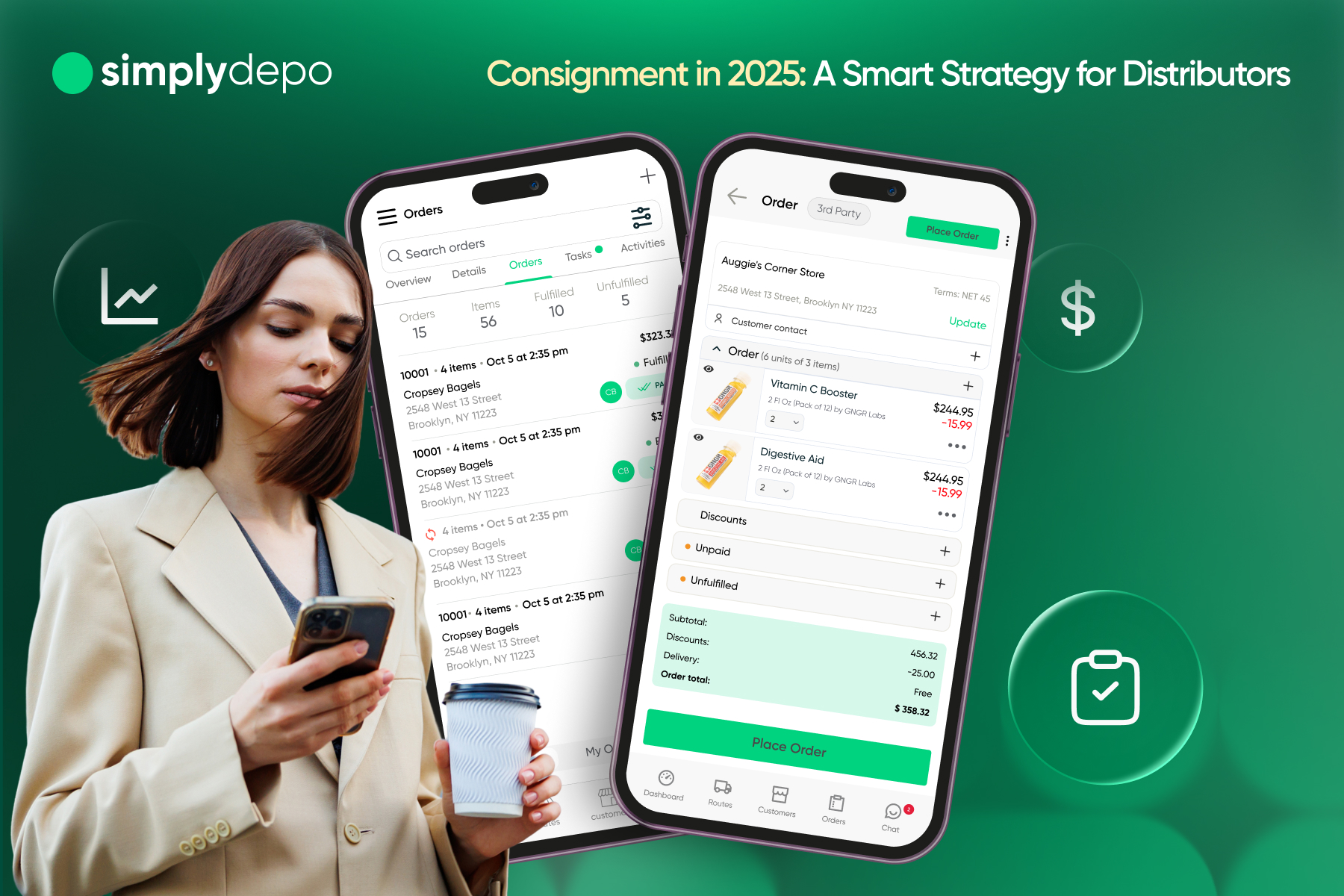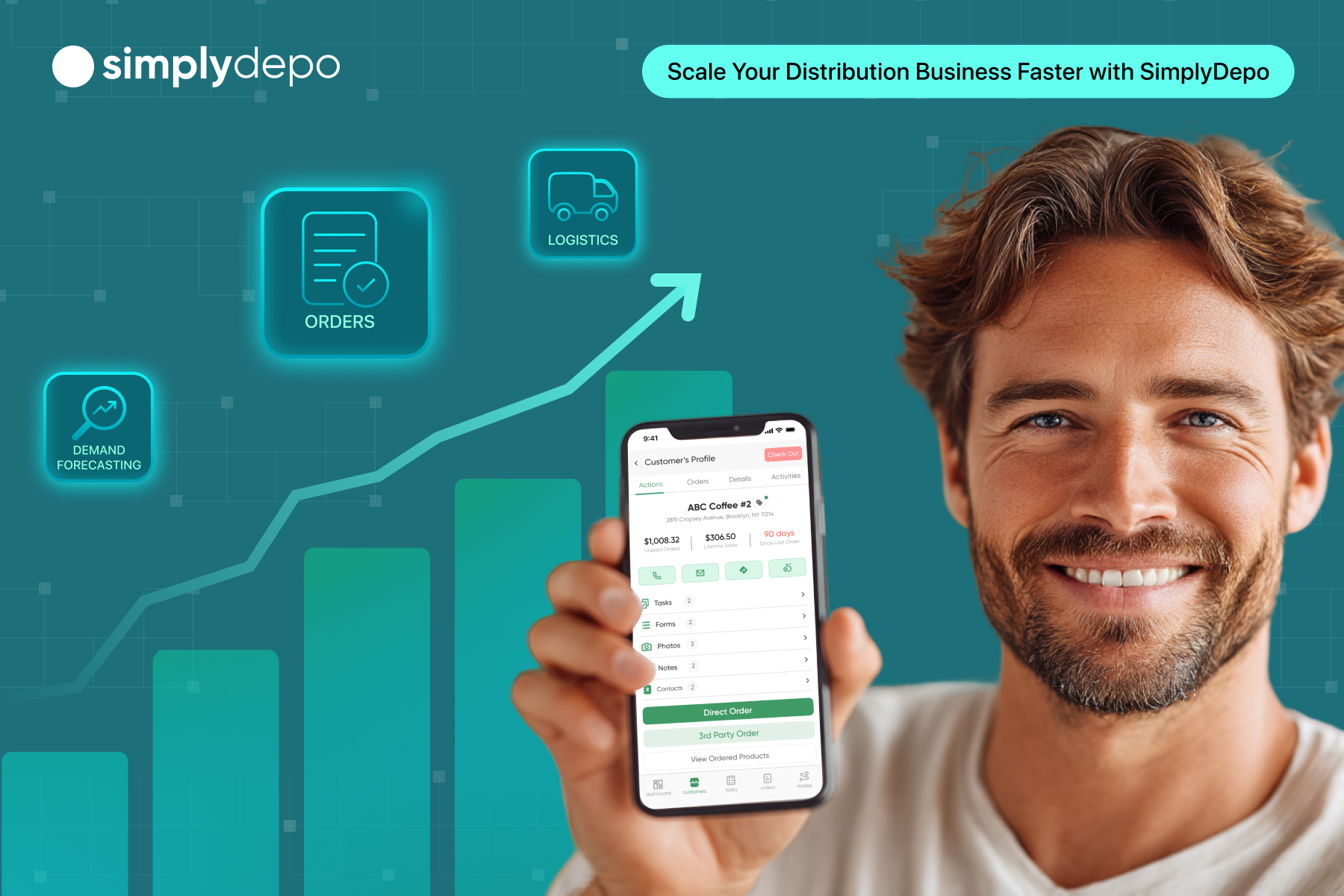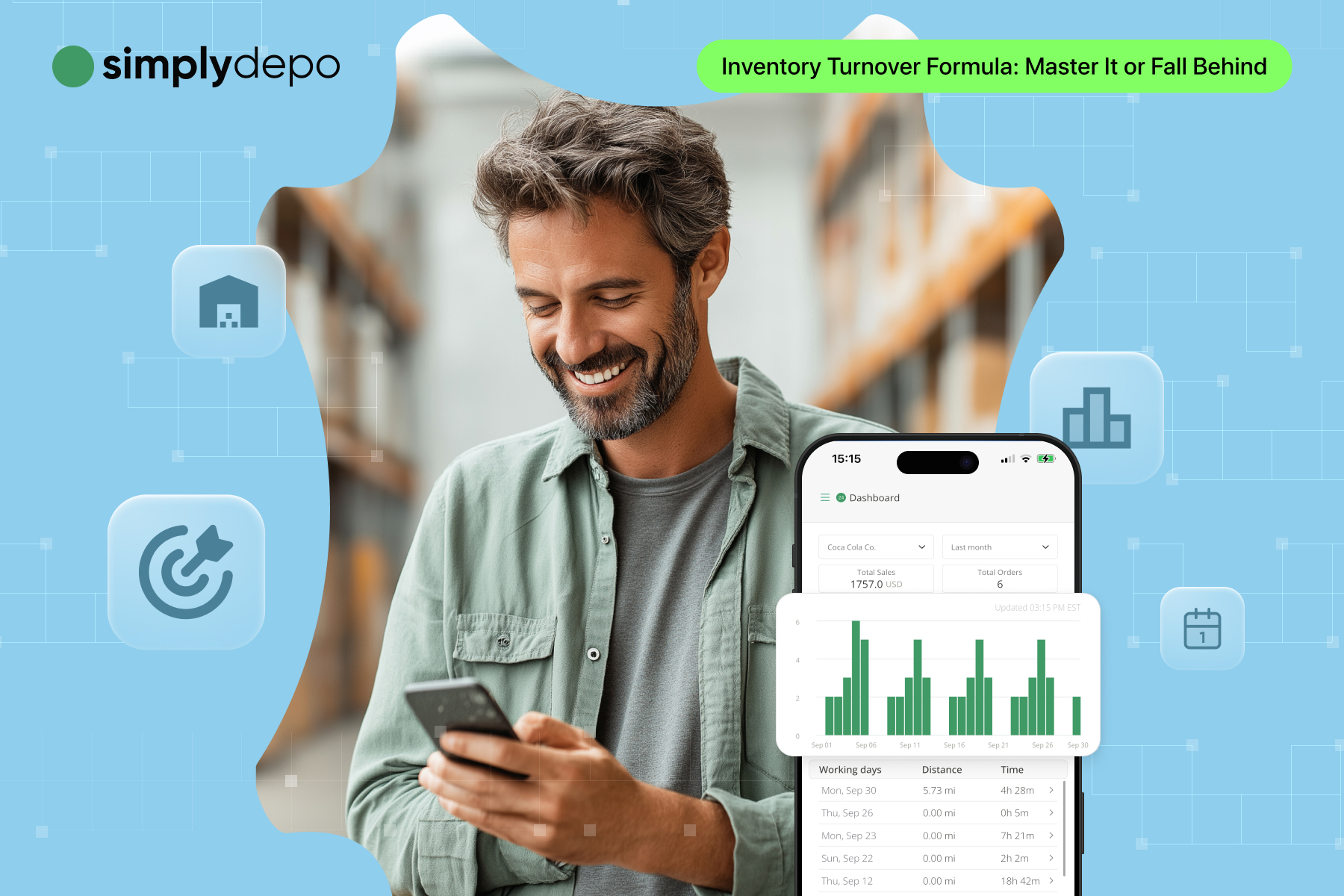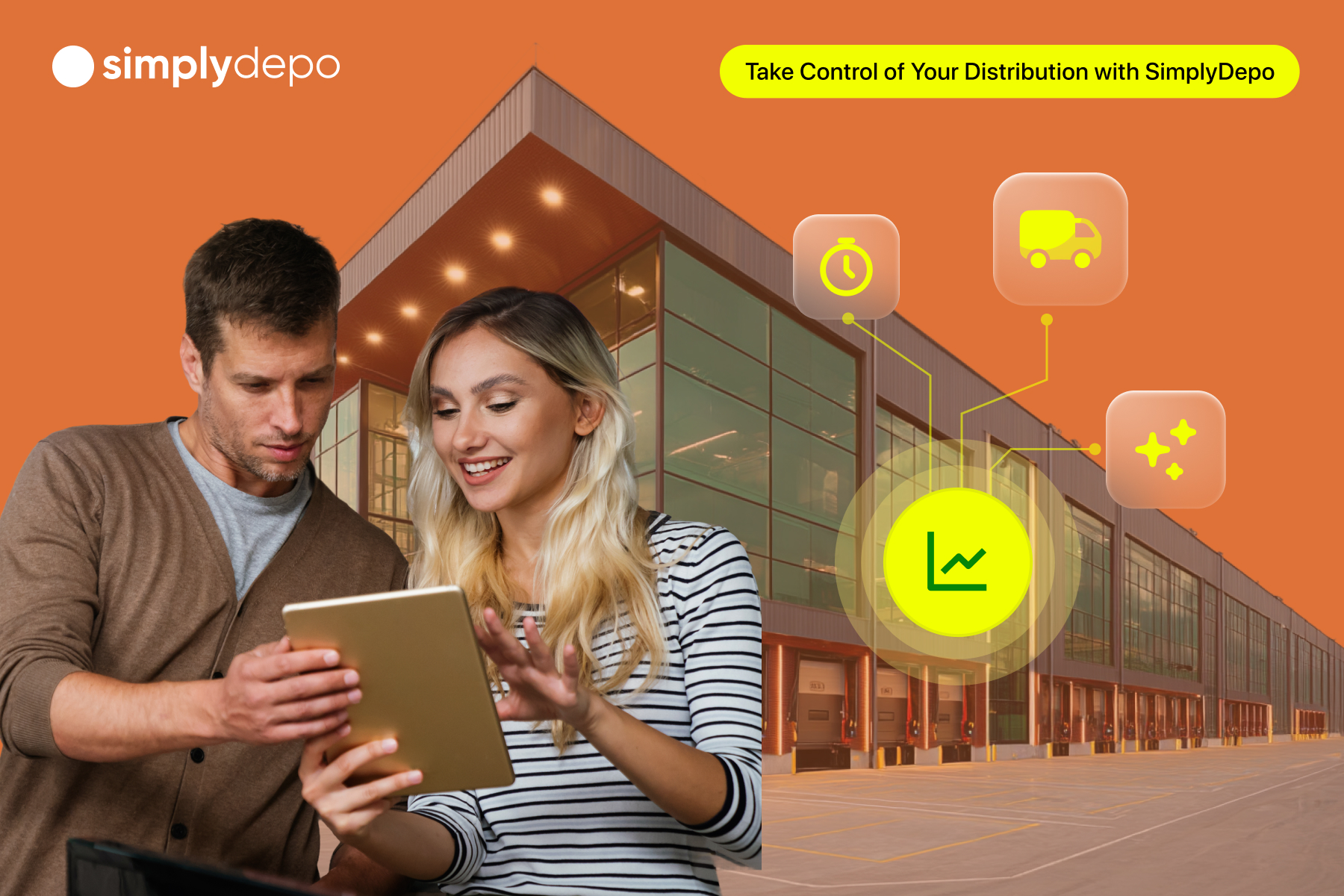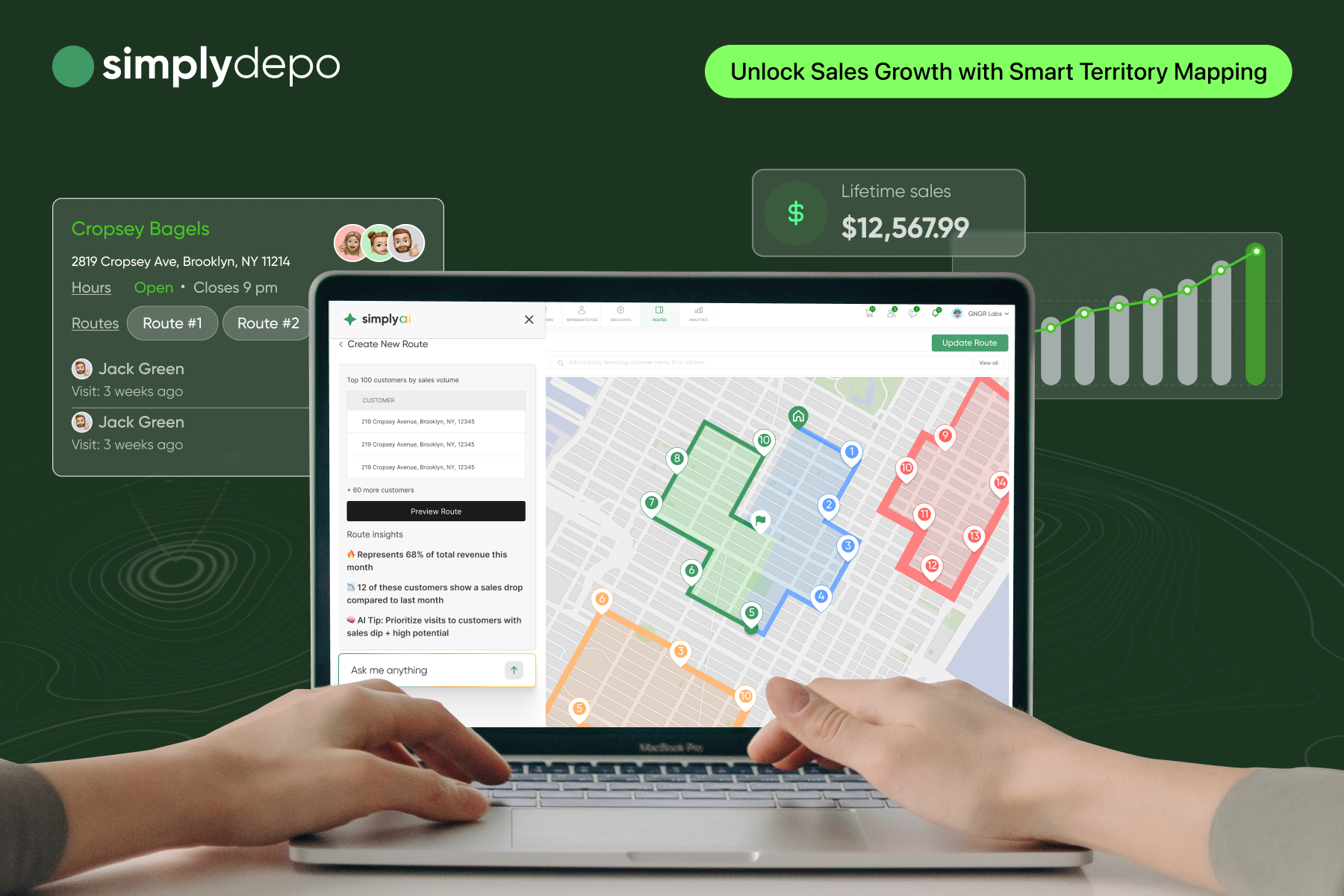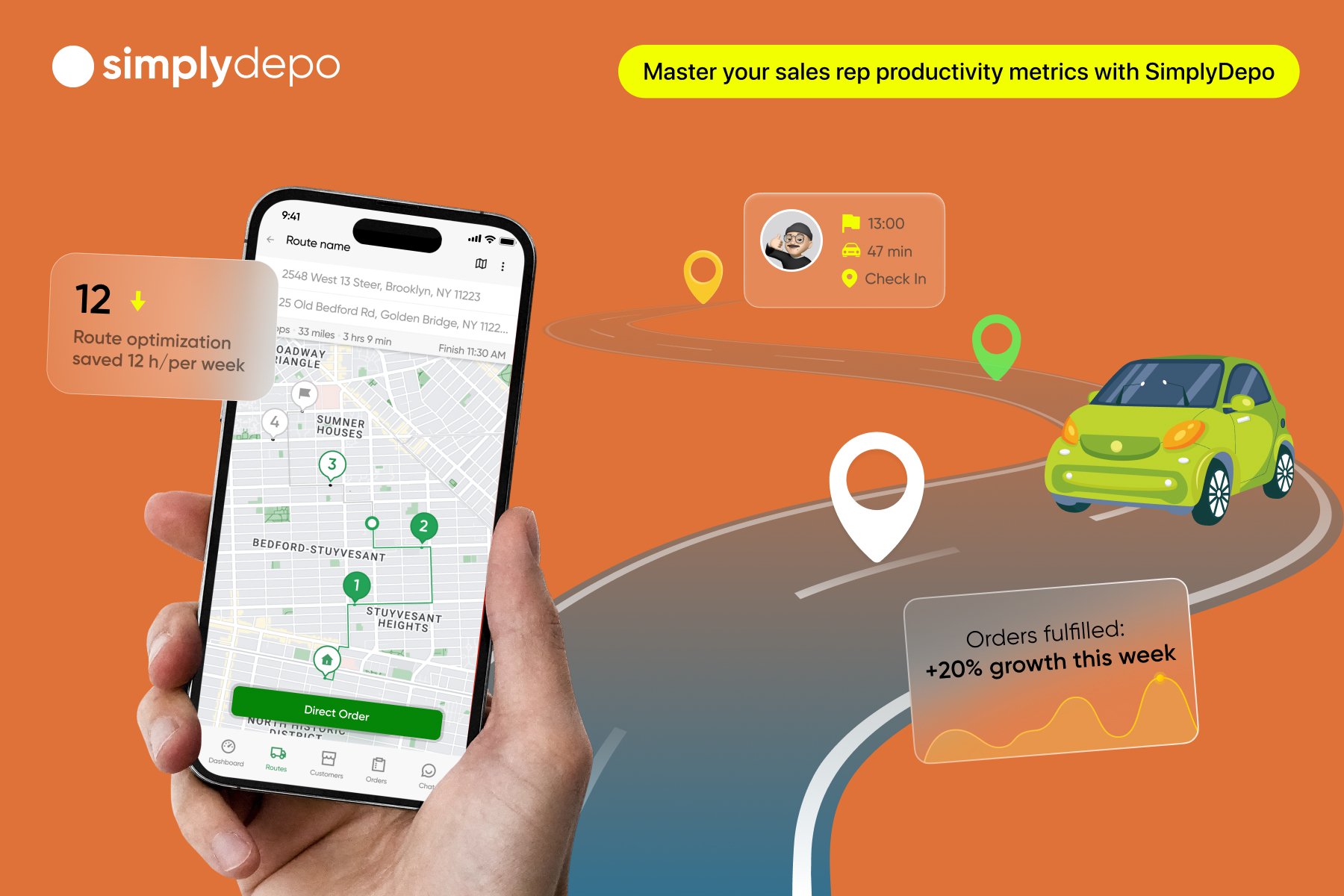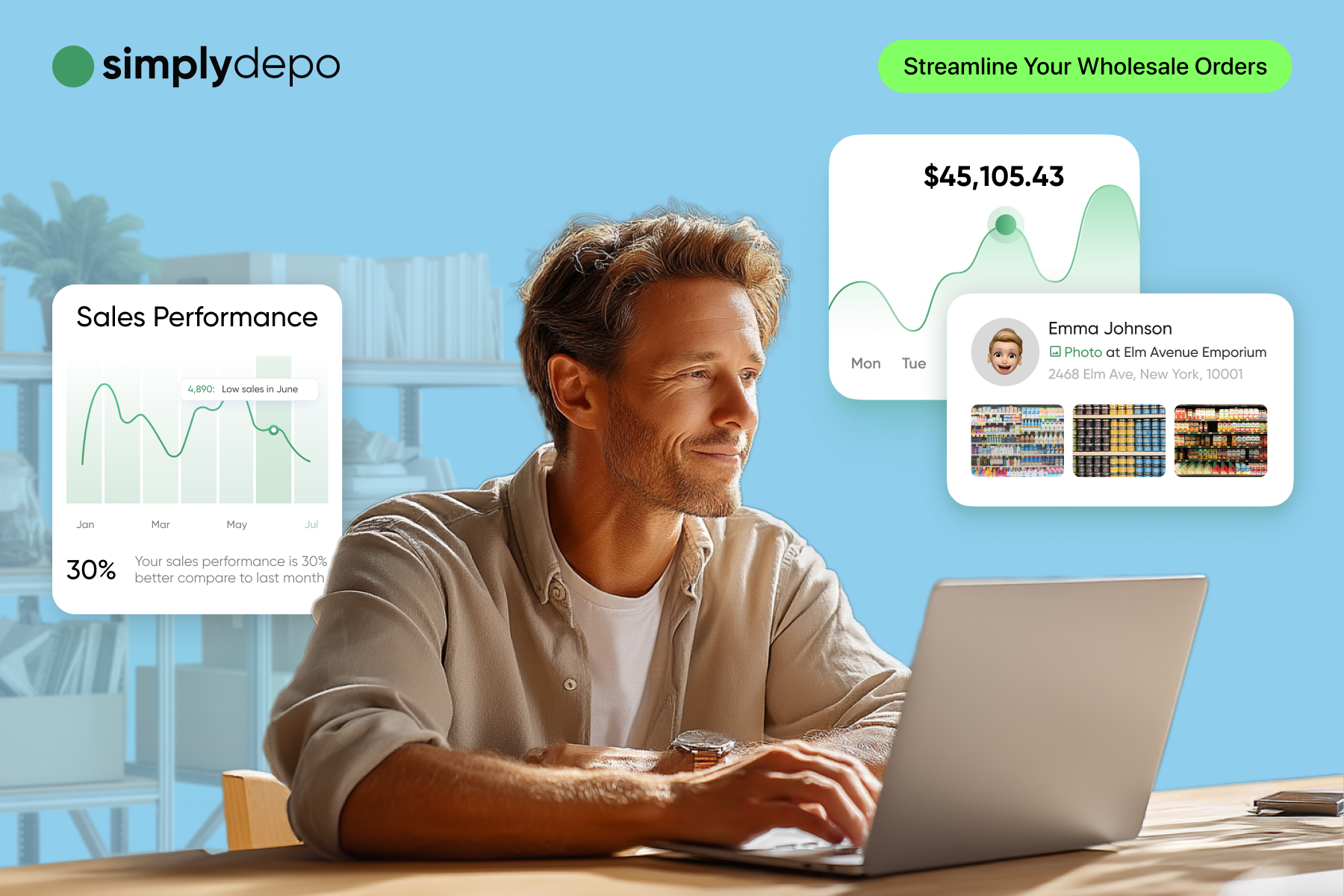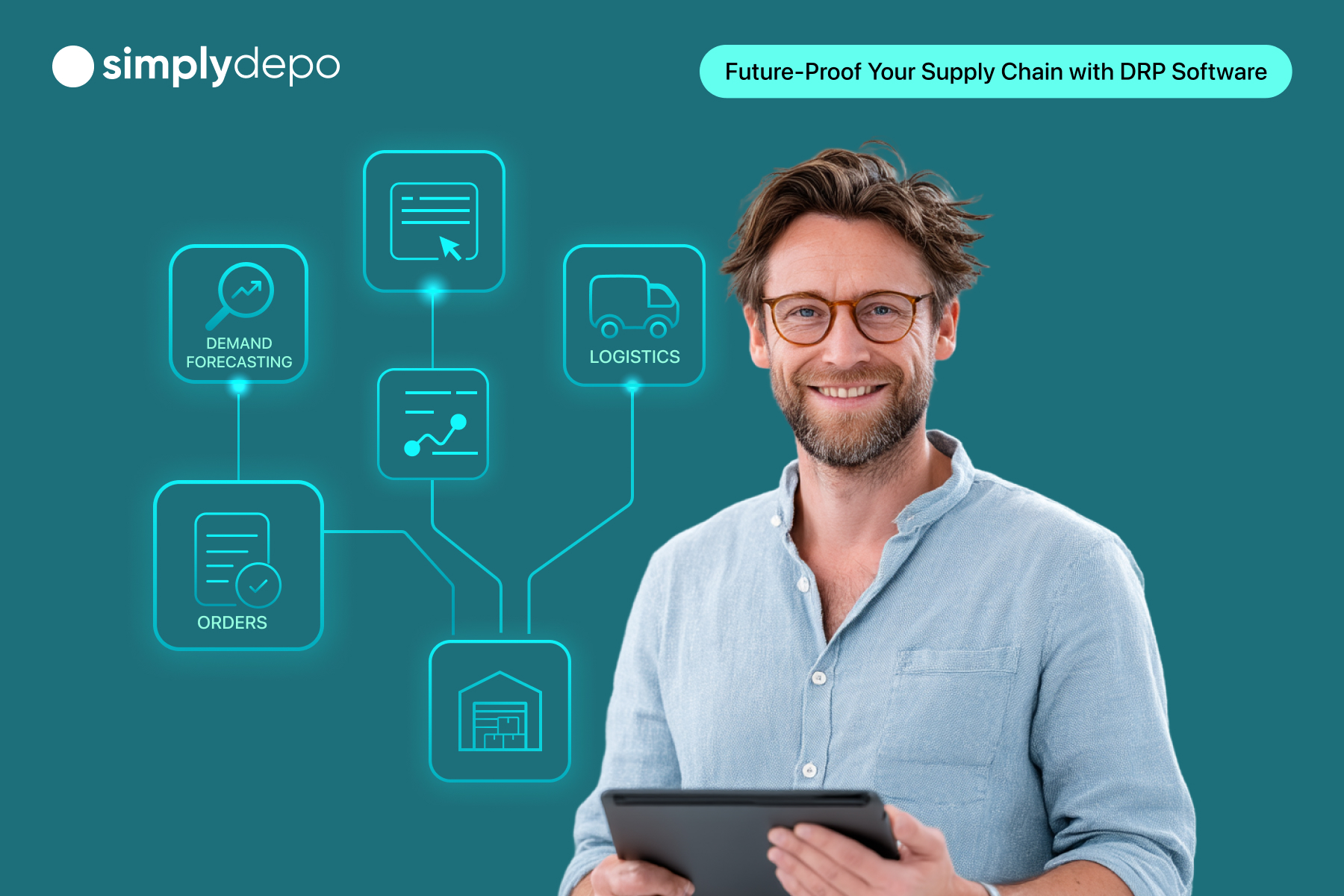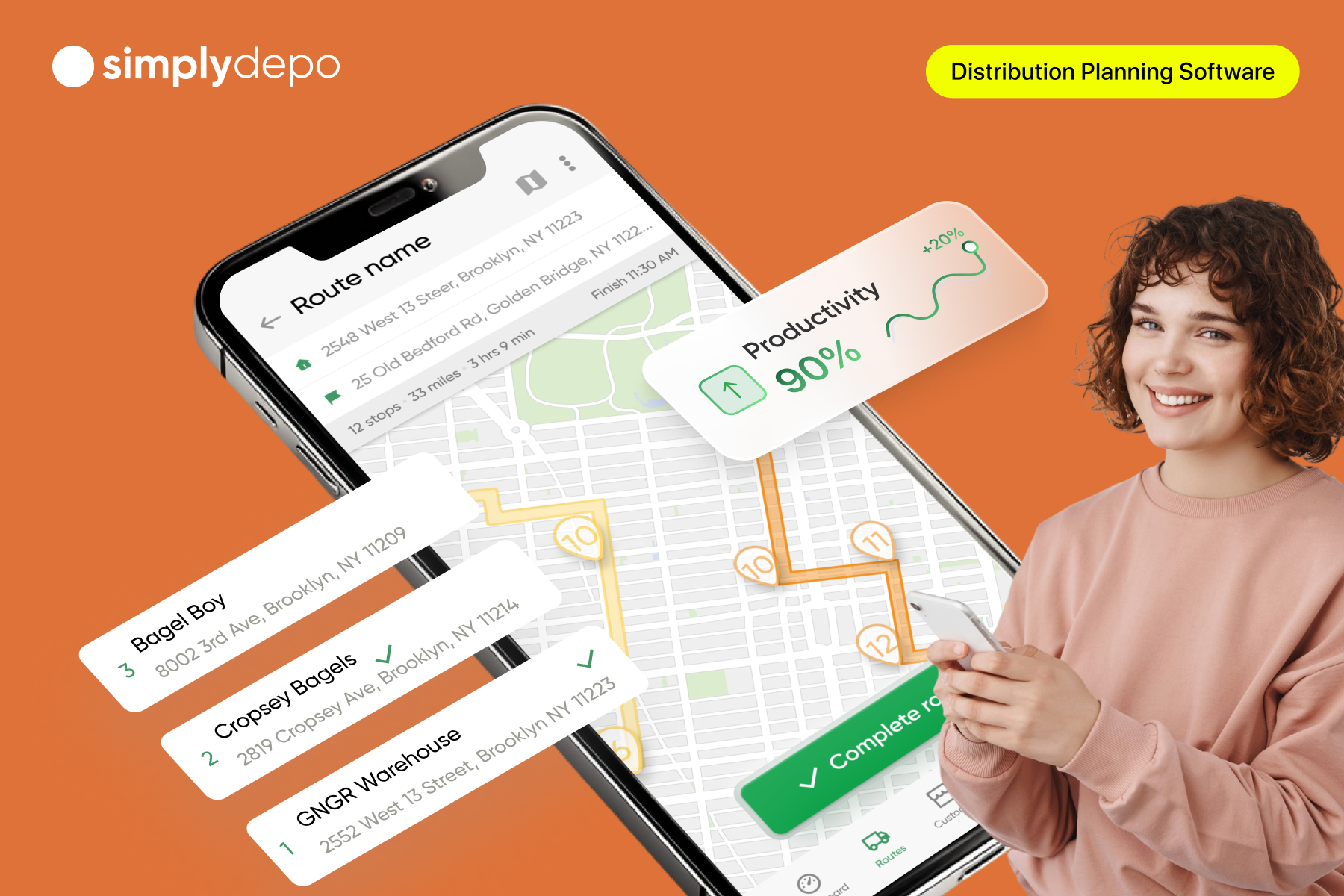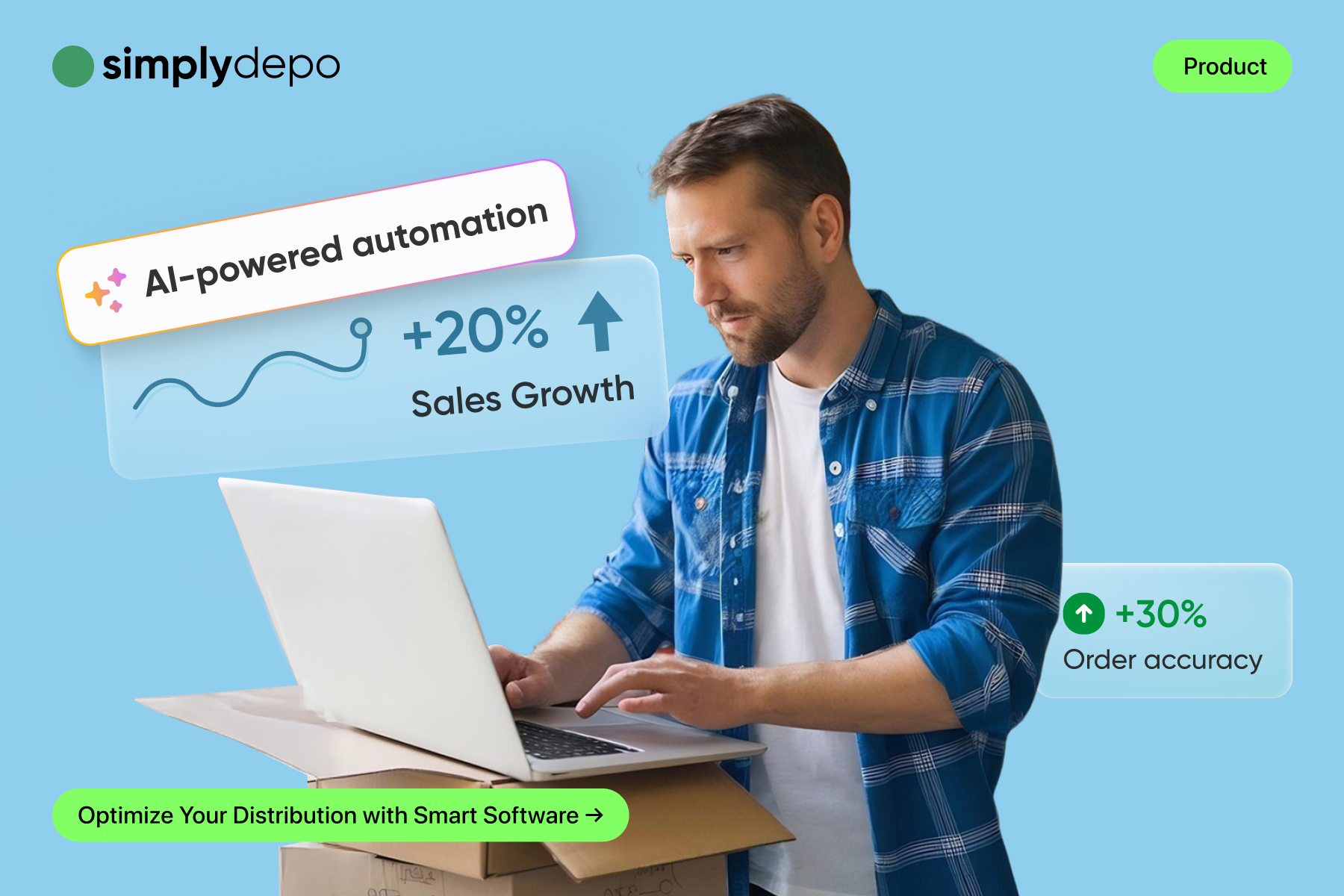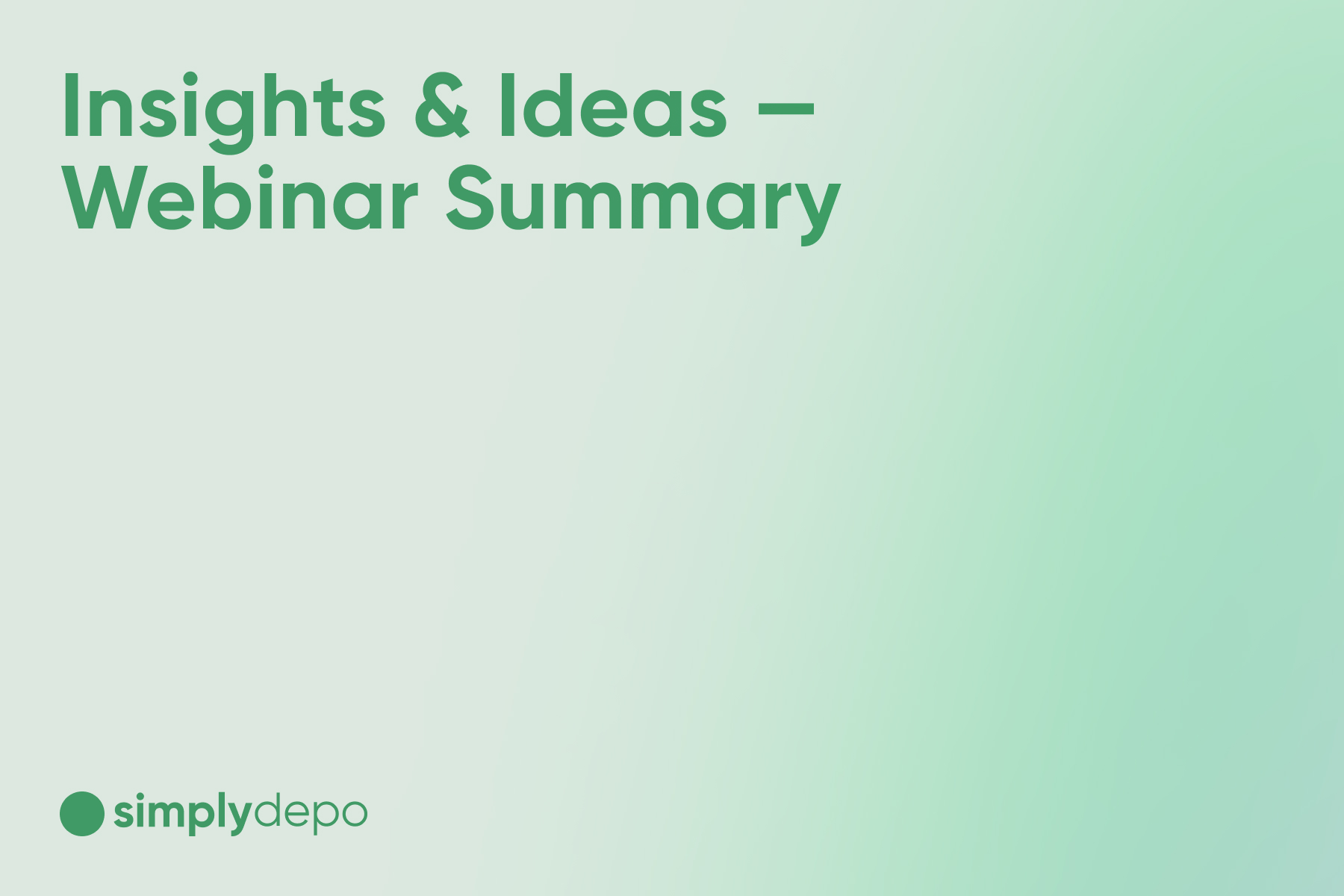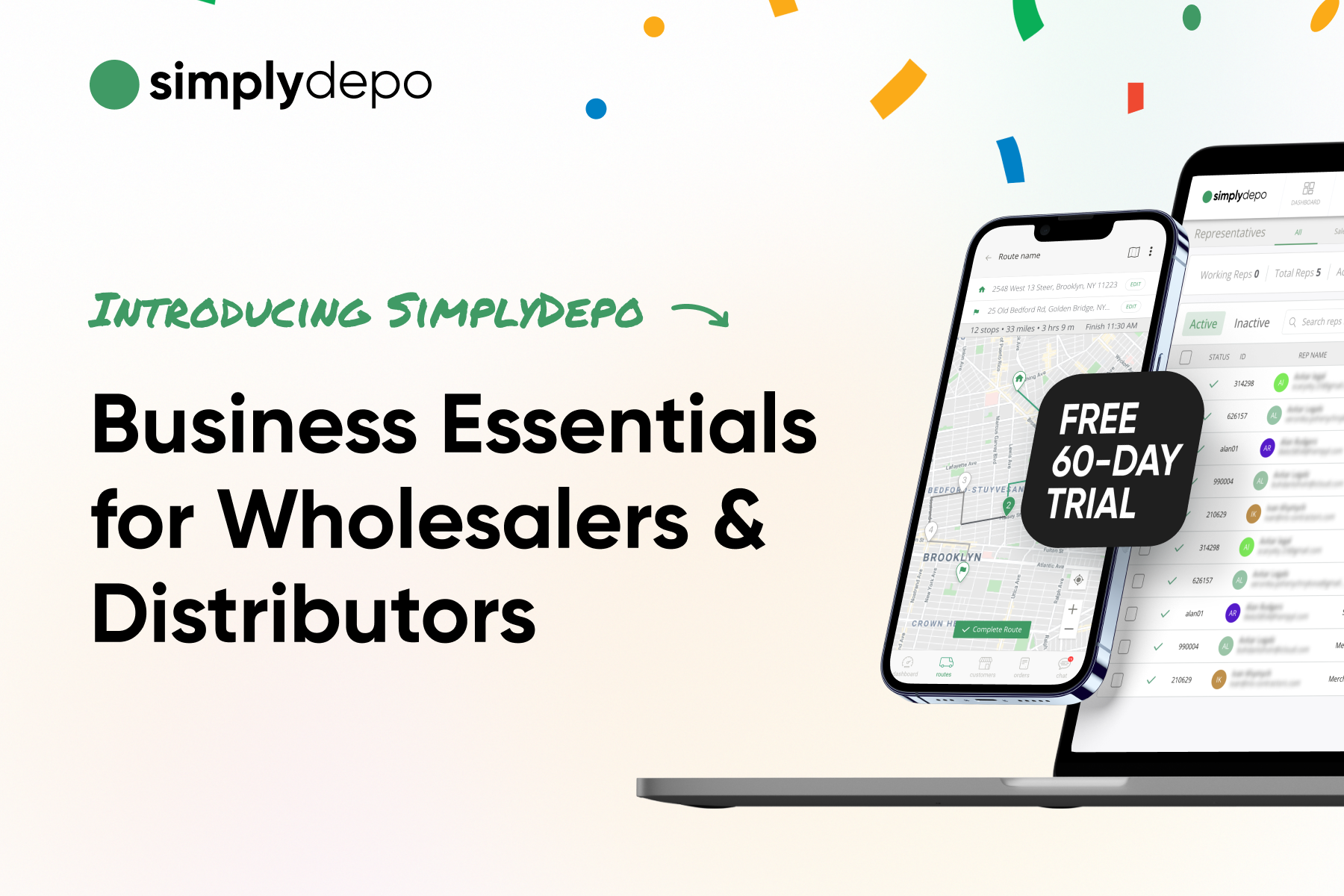Sales Forecasting Methods: Want to Forecast Better and Sell More? Here’s How
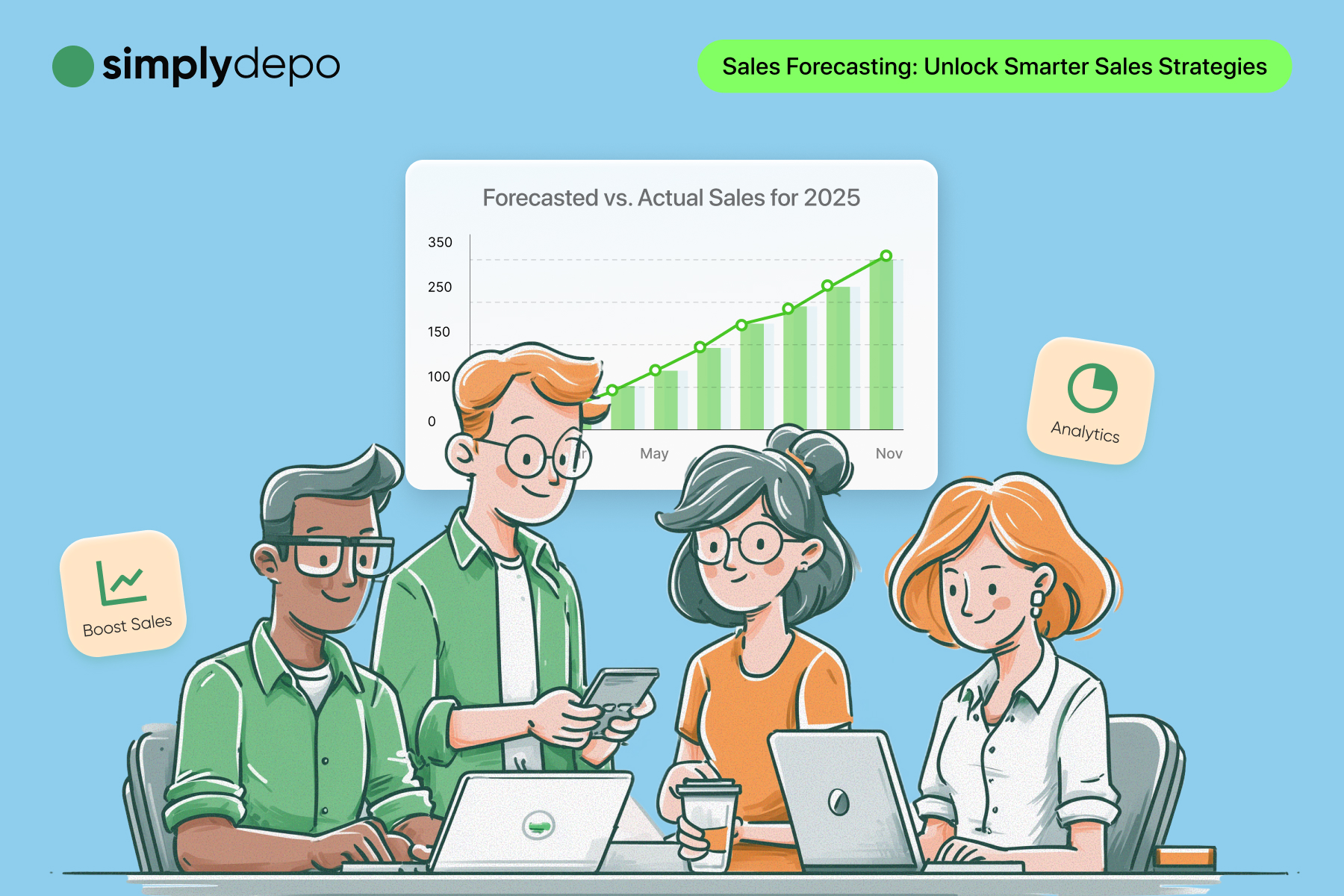
In today’s unpredictable market, accurate sales forecasting isn’t just a luxury — it’s a necessity. The ability to predict future sales outcomes gives businesses more confidence, sharper strategies, and, ultimately, stronger revenue growth.
The good news? You don’t need a crystal ball — just the right sales forecasting methods.
In this post, we’ll walk you through the most effective forecasting approaches, help you determine which one suits your business best, and show you how mastering sales prediction can unlock faster, more sustainable growth.
By the end of this guide, you’ll have the clarity and actionable insights needed to choose — and improve — your forecasting strategy.
What is Sales Forecasting?
At its core, sales forecasting is the process of predicting future sales based on historical data, market trends, and other relevant information.
It’s essential for companies of every size because it helps with:
- Strategic planning
- Budgeting and hiring decisions
- Inventory management
- Managing cash flow
Common challenges with sales forecasting include inconsistent data, over-optimistic sales teams, rapidly changing markets, and a lack of reliable tools to support predictions.
Why Choosing the Right Sales Forecasting Method Matters
The forecasting method you choose has a direct impact on:
- Revenue predictability: The more accurate your forecast, the more confidently you can plan.
- Budgeting, hiring, and inventory: Good forecasting prevents both overspending and missed opportunities.
- Risk management: A strong forecast helps you anticipate downturns before they happen.
Choosing a method that matches your business model, team structure, and sales cycle can be a game-changer for growth.
Top Sales Forecasting Methods
Here’s a breakdown of the most common sales forecasting methods — and when to use each one.
1 Historical Sales Data Forecasting
How it works: This method relies on analyzing past sales performance to predict future sales.
Best for: Businesses operating in stable markets with consistent sales patterns.
Pros:
- ✅ Simple to implement
- ✅ Leverages existing data
- ✅ Good for short-term forecasting
Cons:
- ⚠️ Doesn’t account for major market shifts
- ⚠️ Can lead to inaccuracies during periods of rapid change
2 Opportunity Stage Forecasting
How it works: This approach uses the stage of each opportunity in your sales pipeline to estimate the likelihood of closing a deal and when it might happen.
Best for: Businesses with a well-defined and consistently tracked sales pipeline.
Pros:
- ✅ Pipeline-driven
- ✅ Offers more real-time visibility into deals
- ✅ Helps manage expectations around closing timelines
Cons:
- ⚠️ Requires strict pipeline discipline
- ⚠️ Can be subjective if stages aren’t clearly defined
3. Length of Sales Cycle Forecasting
How it works: Forecasts are based on the average time it takes for deals to move from initial contact to close.
Best for: B2B companies or industries with longer sales cycles.
Pros:
- ✅ Easy to track over time
- ✅ Helps predict revenue timing more accurately
Cons:
- ⚠️ Less flexible for rapidly changing deals
- ⚠️ Assumes uniformity across all deals
4 Intuitive (Rep-Generated) Forecasting
How it works: Sales reps use their experience and judgment to predict which deals will close and when.
Best for: Experienced, accountable sales teams.
Pros:
- ✅ Quick to gather
- ✅ Can capture nuances that data might miss
Cons:
- ⚠️ Highly subjective
- ⚠️ Vulnerable to optimism bias
5 Multivariable Analysis Forecasting
How it works: Uses several factors — such as deal size, sales cycle length, lead source, rep experience, and more — to create a data-driven sales prediction model.
Best for: Larger businesses with access to rich, well-organized data.
Pros:
- ✅ Highly accurate
- ✅ Can model complex sales environments
Cons:
- ⚠️ Requires advanced analytics capabilities
- ⚠️ Takes time to set up and refine
How SimplyDepo Helps You Forecast and Sell Smarter
Accurate forecasting isn’t just about picking the right method — it’s also about using the right tools. That’s where SimplyDepo comes in.
SimplyDepo supports better sales forecasting through:
- Centralized Data: Keep all your sales and customer data structured, clean, and easily accessible.
- Pipeline Visibility: Get real-time updates from your field sales teams and distributors.
- Custom Reporting: Build forecasts based on historical data, order volumes, and client-specific trends.
- Mobile Access: Enable your team to update forecasts directly from the field for the freshest, most accurate insights.
If you’re looking to streamline your sales processes and make your forecasting more accurate, SimplyDepo can help you get there.
Your Business
Not sure which method is right for you? Ask yourself:
- How stable is our market?
- Do we have reliable historical sales data?
- How clearly defined is our sales pipeline?
- How long is our typical sales cycle?
- How skilled are our reps at making judgment calls?
Pro tip: You don’t have to choose just one method. Many businesses use a hybrid approach — combining historical data forecasting with pipeline or multivariable analysis for even better accuracy.
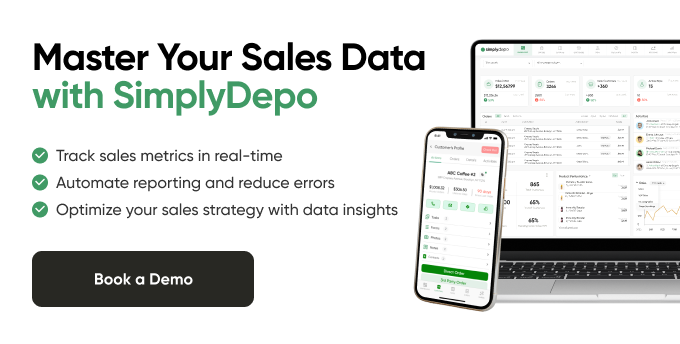
Tips for Improving Sales Forecast Accuracy
Whatever method you choose, these best practices can boost your results:
- Clean your CRM regularly: Inaccurate or outdated data can derail even the best forecasts.
- Set clear deal stage definitions: Ensure everyone on your sales team interprets pipeline stages consistently.
- Involve and train your sales reps: Forecasting accuracy starts with the people entering the data.
- Use tools like SimplyDepo: Real-time field updates mean you’re always working with the most current information.
Choosing the right sales forecasting method isn’t just about predicting numbers — it’s about building a stronger, smarter business.
Better forecasting leads to better planning, resource allocation, and sales growth.
Ready to improve your forecasting?
Explore how SimplyDepo can support your next sales breakthrough and give your team the confidence to sell smarter.

